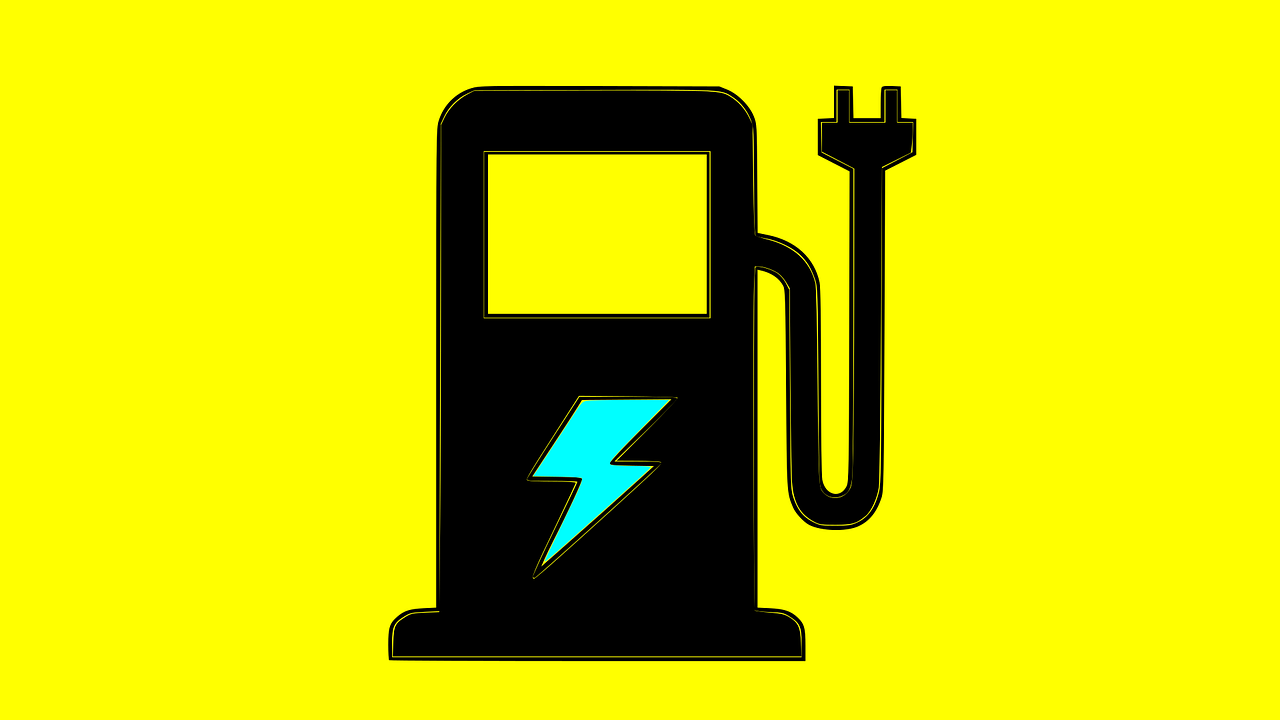The future of transport is an exciting, but challenging time for automotive engineers and manufacturers. According to the Bloomberg New Energy Finance report, EV’s will dominate passenger vehicle sales over the next two decades, making up 58% of new vehicle sales by 2040. In addition to increased EV demand, engineering expertise will also be needed to meet the increased demand for hybrid powertrains.
So where does sand casting fit in this future automotive landscape?
Growing EV demand offers huge opportunities for the sand casting process
This growing demand for electric vehicles means that traditional ICE manufacturers are having innovate existing technologies. Sand casting offers huge opportunities to support EV manufacture, including:
- rapid prototyping
- lightweighting to reduce the overall weight of automotive castings
- and producing large scale, thin walled castings.
4 ways sand casting is supporting the future transportation manufacturing
Changes in ICE require casting expertise
New ICE and hybrid powertrains require significant engineering innovation and expertise. Modern engines required to meet legislative changes need greater thermal efficiency as well as downsizing, and this can be challenging when it comes to casting.
Casting expertise will be required to address wall thinness (and corresponding cooling rates and material properties), design to reduce turbulence and porosity from sand moulds. To achieve the high material and mechanical properties demanded in more sustainable ICE, advances in alloy simulation and process technology will also be vital.
Technological advances with high tech sand casting
Modern sand casting is a highly technical and data-driven process. The ability to integrate new technologies such as 3D sand printing into the process ensures that sand casting can meet the technical requirements demanded by EV manufacturers, as well as respond with innovation, speed and precision.
Lightweighting
To improve the range of an electric vehicle and reduce the cost of batteries overall, vehicles need to be as lightweight as possible. Sand casting enables complex, single net parts to be cast, often in bespoke aluminium alloys. These are important to create lightweight EV component parts.
Large structural parts
Casting, and specifically sand casting can create large, thin walled structural parts which are optimised to meet material and mechanical properties. These include large structural parts, as well as battery trays in EV cars. Sand casting can be used to create structural parts which match alloy behaviour in mass, HPDC environments.
Read more: IDRA's Giga Casting machine is driving a paradigm shift in automotive manufacturing.
Prototyping with sand casting
OEMs want (and need) prototypes to be as close as possible to the production part, and to have Make Like Production (MLP) properties. The technical capabilities of sand casting achieves this, and importantly for driving innovation in new automotive technology, it can do this quickly. Sand casting parts can match the production state wall thickness, part function, alloy behaviour, material properties and part performance – a huge benefit in EV automotive production.
Read more: How does rapid prototyping with sand casting support electric vehicle production?
Sand casting: a key process for innovative EV and future transport
Sand casting creates parts that are highly precise, with high levels of integrity and complexity- and these can be manufactured fast. This speed, as well as the ability to match production qualities in automotive components means that sand casting will play a key role in the shift towards greener, more sustainable transport- including in more efficient ICE vehicles, hybrid cars and electric vehicles.
Want to read more about sand casting EV components? Read our latest ebook Making EV Components with Sand Casting, by clicking on the button below.


 Get in touch
Get in touch
